David Rowe, irrepressible cartoonist for the AFR, saw the election this way:
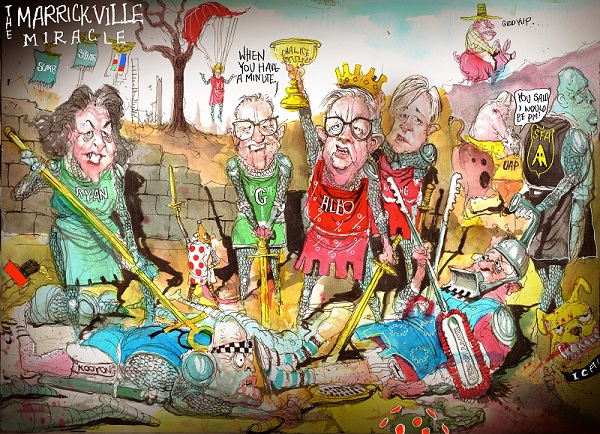
So out with the old and in with the new:
David Rowe, irrepressible cartoonist for the AFR, saw the election this way:

So out with the old and in with the new:
Peter Martin has assembled 10 graphs from articles he has edited in 2021.
Each tells a powerful story. For example, it is clear that sooner or later something will have to be done about JobSeeker when it is forecast to become a mere fraction of the old age pension, which is miserly by international standards. Remember around a third of pensioners already live in poverty. Continue reading Weekly salon 12/1
That is a Thai new year’s greeting which means means:
On a personal level that would help. I think most people feel well rid of 2021, and hope for better in 2022.
Andrew Leigh, they say, is always the smartest man in the room, and one of the nicest. Since entering parliament in 2008 he has now launched his 8th book. This Saturday Paper article (no doubt pay-walled) is an interview with Andrew Leigh on humanity’s one-in-six chance of ending. Continue reading Weekly salon 7/1: 2022 new year edition
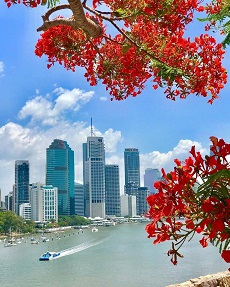 I love this image of our fair city, so I’m reprising it from last year.
I love this image of our fair city, so I’m reprising it from last year.
Last year I said 2020 was dominated by the four “C’s” – Coronavirus, climate change, China, and corruption in politics.
This year was much the same, and again I found myself overwhelmed in the weeks leading up to Christmas. Luckily others were better organised, so a good time was had by all. Continue reading Seasons Greetings 2021
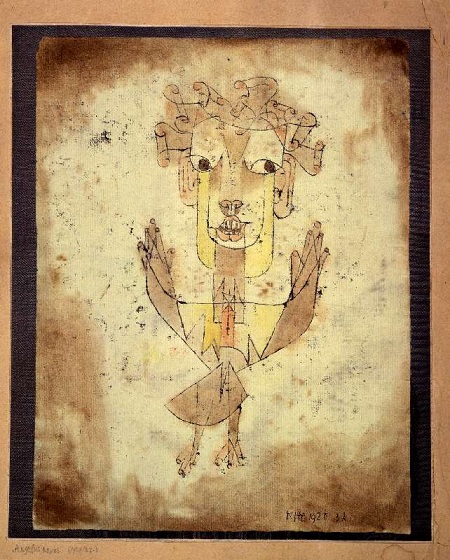
I recall we had some discussion about feral pigs, which rate fifth in a research study by Corey J. A. Bradshaw of Flinders University and Andrew Hoskins of the CSIRO in Pest plants and animals cost Australia around $25 billion a year – and it will get worse:
Shamefully, Australia has one of the highest extinction rates in the world. And the number one threat to our species is invasive or “alien” plants and animals.
But invasive species don’t just cause extinctions and biodiversity loss – they also create a serious economic burden. Our research, published today, reveals invasive species have cost the Australian economy at least A$390 billion in the last 60 years alone. Continue reading Weekly salon 23/8
Paul Strangio asked the equestion Who were Australia’s best prime ministers? We asked the experts.
He and colleagues asked 66 political scientists and historians. Here’s the top 10:
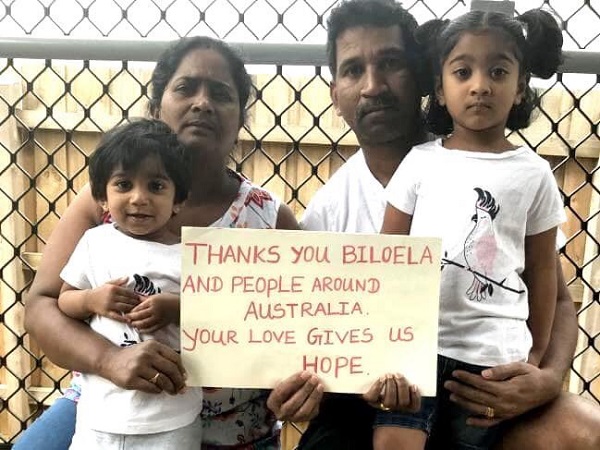
Every-one not living under a rock knows that the Biloela community loves the Tamil family Nades and Priya Murugappan, and their daughters Kopika and Tharunicaa, who were taken from their homes in March 2018 in a dawn raid without warning the day their bridging visa expired, and have now been banged up in Christmas Island for several years.
Biloela wants them back, some Liberal backbenchers want them back, even Tony Abbott, when he was still in parliament in passing on a letter of support to then minister Peter Coleman, annotated the letter saying that the family could have a case “if they have as successfully integrated as it seems, there is a … case for giving them [permanent residency].” Continue reading Asylum seekers become human
Grattan on Friday says Prime Minister Scott Morrison has three pressing problems:
Bernard Keane at Crikey says Morrison continues to see everything as a political problem to manage away. Keane was referring to his tearful mea culpa and apparent change of heart on the issue of women and the intemperate attack on Sky journalist Andrew Clennell, claiming that in Clennell’s own organisation there was an incident of harassment of a woman in a women’s toilet being pursued by their own HR department.
There wasn’t. Continue reading Weekly salon 8/4
Treasurer Josh Frydenberg and PM Scott Morrison have been telling us that we need to contain debt, and that is why those on JobKeeper must return to poverty. Frydenberg in particular has been praising himself for his fiscal bravery, and the size of his COVID-19 rescue package.
Greg Jericho has identified how much the extra debt has cost. The answer is – nothing. See The government is stuck in the fallacy of debt and deficit while ignoring the climate crisis:
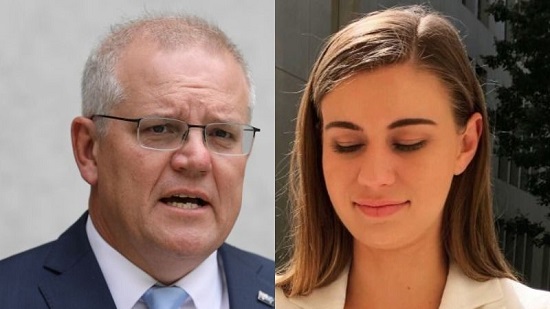
Samantha Maiden’s story about Brittany Higgins’ alleged rape on the couch in Minister Linda Reynolds’ office shortly before the 2019 election has undoubtedly been the story of the week.
Higgins was just 24 years old, was less than a month into her new job, and it was just weeks before PM Scott Morrison called the 2019 election. Continue reading Canberra bubble explodes

This is Nine’s Dom Lorrimer’s pic of Tanya Plibersek’s chance meeting with Craig Kelly in the corridors of Parliament House. Continue reading Weekly salon 8/2